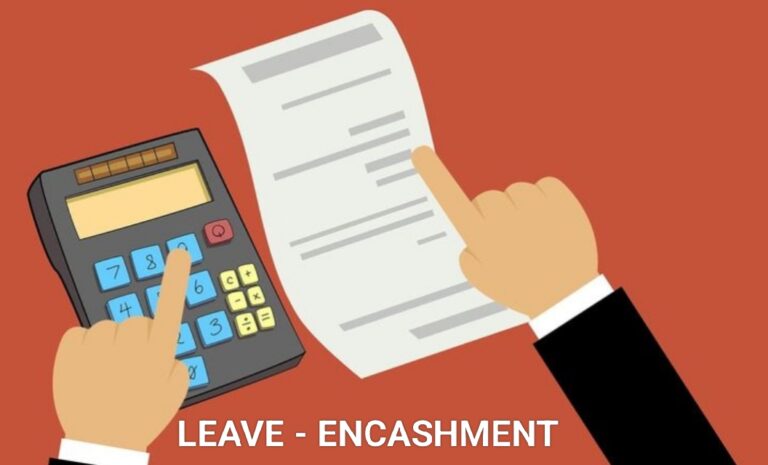Leave encashment is a monetary benefit received by an employee for the leave days not availed during the period of service. The Income-tax Act, 1961 provides exemption on such receipts under Section 10(10AA). The scope of exemption depends upon the nature of employment and the stage at which leave encashment is received.
- During service, any leave encashment received is fully taxable as salary.
- At the time of retirement/resignation, the exemption varies:
- For Central and State Government employees, the entire leave encashment is fully exempt from tax.
- For non-Government employees, exemption is available to the extent of the least of the prescribed limits (actual amount received, statutory limit of ₹25,00,000, or eligible leave encashment based on service and salary). Any amount beyond this limit is taxable under the head “Income from Salary.”
This exemption under Section 10(10AA) is available under both the old regime and the new concessional regime (Section 115BAC). While the new regime withdraws several exemptions and deductions, retirement-related benefits such as leave encashment, gratuity, commuted pension, retrenchment compensation, etc. continue to enjoy exemption to protect the financial security of employees after retirement.
Leave Encashment – Section 10(10AA)
When an employee receives money for unused leave, it is called leave encashment. Its tax treatment depends on when and to whom it is paid.
1. Leave Encashment During Service
- Fully taxable (added to salary).
- Relief under section 89 may be claimed (if applicable).
2. Leave Encashment at Retirement / Resignation
(a) Central / State Government Employees
- Fully exempt – whatever leave encashment received is tax-free.
- No limit.
(b) Non-Government Employees
- Exempt to the extent of the least of the following four:
- Actual leave encashment received.
- Leave encashment for 30 days (earlier 10 months, now enhanced) of earned leave for every completed year of service – limited to maximum 300 days.
(Average salary of last 10
months)×(Leave at credit, subject to 30 days per year)(\ text{Average salary of last 10 months}) \times (\text{Leave at credit, subject to 30 days per year})(Average salary of last 10 months)×(Leave at credit, subject to 30 days per year) - ₹25,00,000 (lifetime maximum exemption) – enhanced limit applicable from 1 April 2023 (earlier ₹3,00,000).
- Average salary of last 10 months × 10 months (earlier this was a benchmark, but post amendment it effectively ties with (2)).
- Salary for this purpose = Basic + DA (if considered for retirement benefits) + Commission (if as % of turnover).
- Average salary = Average of last 10 months’ salary preceding retirement/resignation.
- Any excess over the exempt amount is taxable under “Income from Salary.”
3. Important Points
- The ₹25 lakh exemption is a lifetime ceiling across all employers.
- Relief u/s 89 can be claimed for taxable portion.
- Applies under both old and new tax regimes.
- For private employees → employer must certify leave balance and salary details for exemption calculation.
✅ Summary Table
| Category | Tax Treatment |
|---|---|
| Leave encashment during service | Fully taxable |
| At retirement – Govt. employees | Fully exempt |
| At retirement – Non-govt. employees | Exempt to the least of: (i) Actual received, (ii) ₹25 lakh (overall limit), (iii) Leave balance encashable (max 30 days per yr, up to 300 days), (iv) Average salary of last 10 months × eligible leave |
🔎 Example:
Suppose Mr. A (private employee) retires with:
- Last 10 months’ average salary = ₹80,000/month
- Service = 25 years
- Leave entitlement = 30 days per year → 750 days eligible, but capped at 300 days
- Actual leave encashment received = ₹22 lakh
Exemption = Least of:
- Actual received = 22,00,000
- 25,00,000 (limit)
- 300 days × (80,000 ÷ 30) = 8,00,000
- 10 × 80,000 = 8,00,000
👉 Exempt = ₹8,00,000; Taxable = ₹14,00,000
✅ So, in short:
- Govt. employees → Full exemption
-
Non-govt. employees → Least of 4 values, subject to ₹25 lakh lifetime cap
